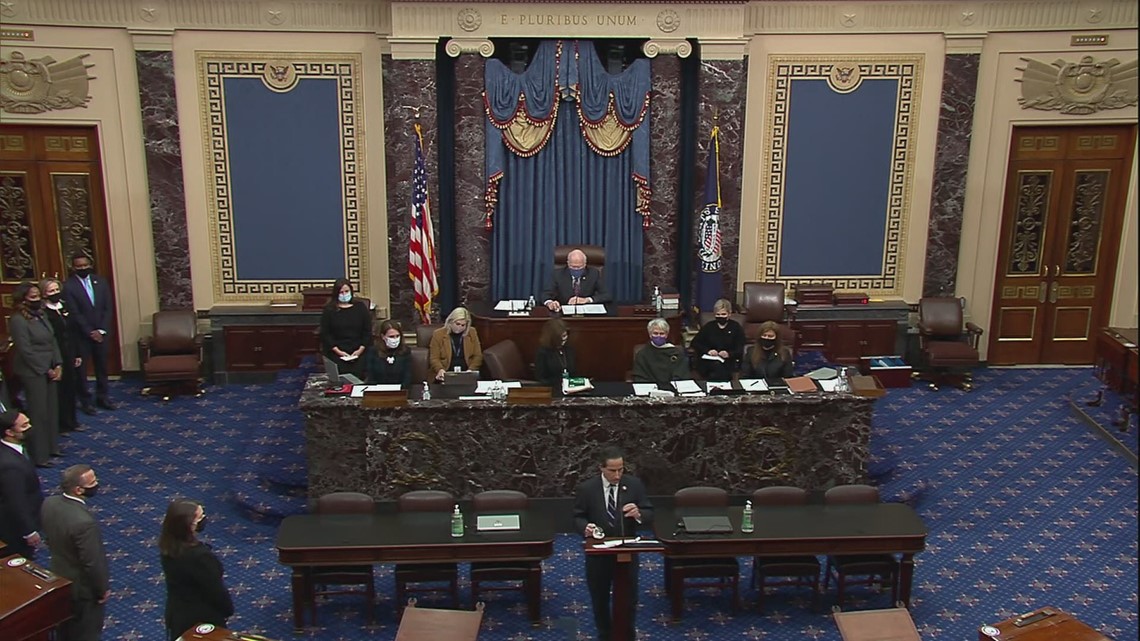The video above is from February 2019.
A group of Republican senators plan to reintroduce a proposed amendment to the U.S. Constitution to place term limits on members of both the House and Senate. The proposal would limit Senators to two six-year terms and Representatives to three two-year terms.
"Every year, Congress spends billions of dollars on giveaways for the well-connected: Washington insiders get taxpayer money and members of Congress get re-elected, all while the system fails the American people," Sen. Ted Cruz, R-Texas, wrote on his website.
In cases of someone being appointed to fill a vacancy, the proposal states that if they serve more than half of the term they are appointed to, it will count as a full term.
The resolution also states that, "No term beginning before the date of the ratification of this article shall be taken into account in determining eligibility for election or appointment under this article," meaning the amendment would only apply to future terms. Any previous or current terms would be exempt.
Cruz, who first introduced the proposed amendment in 2017 and again in 2019, is joined by Sens. Mike Braun and Todd Young of Indiana, Pat Toomey of Pennsylvania and Marco Rubio and Rick Scott of Florida.
"As Benjamin Franklin put it, ‘In free governments, the rulers are the servants, and the people their superiors…. For the former to return among the latter does not degrade, but promote them,'" Toomey wrote.
In a Philadelphia Inquirer op-ed with Toomey last October, former Pennsylvania Gov. Ed Rendell, a Democrat, concurred with the need for term limits.
Our elected representatives seem afraid to do anything that would jeopardize their reelection," the pair wrote. "Term limits allow them to operate without that pressure, secure in the knowledge that they are not risking the position that could be a lifetime career."
A Constitutional amendment can be ratified in two basic ways. Two-thirds of the House and Senate must approve it, followed by three-quarters of state legislatures. Or, two-thirds of state legislatures can hold a constitutional convention that must then be ratified by three-quarters of state legislatures. The president has no say in approving constitutional amendments.
There have been 27 constitutional amendments in the nearly 245-year history of the United States. None have been initiated through a constitutional convention.
Of the three branches of the federal government, executive, legislative and judicial, only the executive -- the president -- is limited to two terms of no more than four years each. U.S. House and Senate members can continue to serve as they get re-elected. Judicial appointees can serve for life.
There have also been calls to put Supreme Court appointments on term limits. Following the death of Justice Ruth Bader Ginsburg last September, Democratic Reps. Ro Khanna of California, Don Beyer of Virginia and Joe Kennedy of Massachusetts proposed a bill that would limit Supreme Court justices to 18-year terms, with a seat filled every two years. The current justices would have been exempt.



